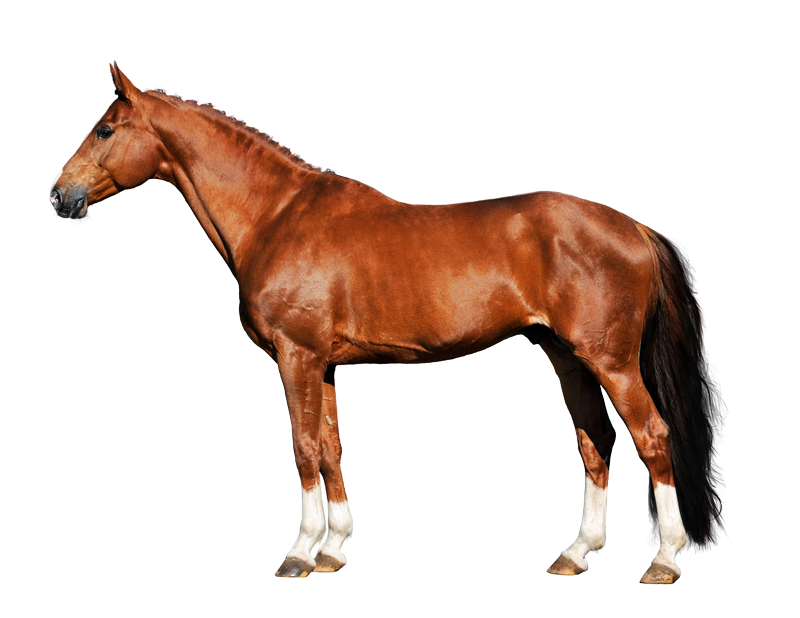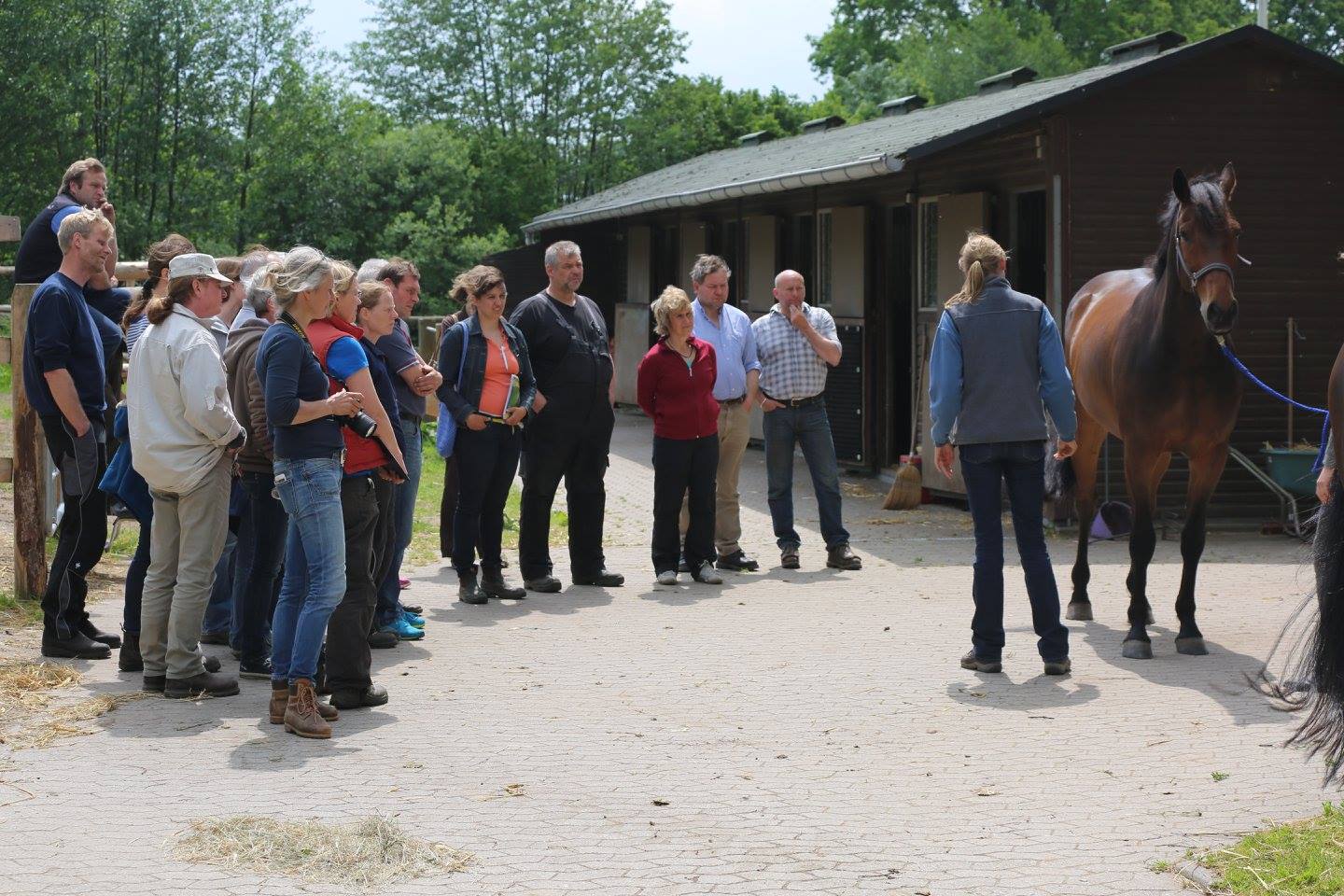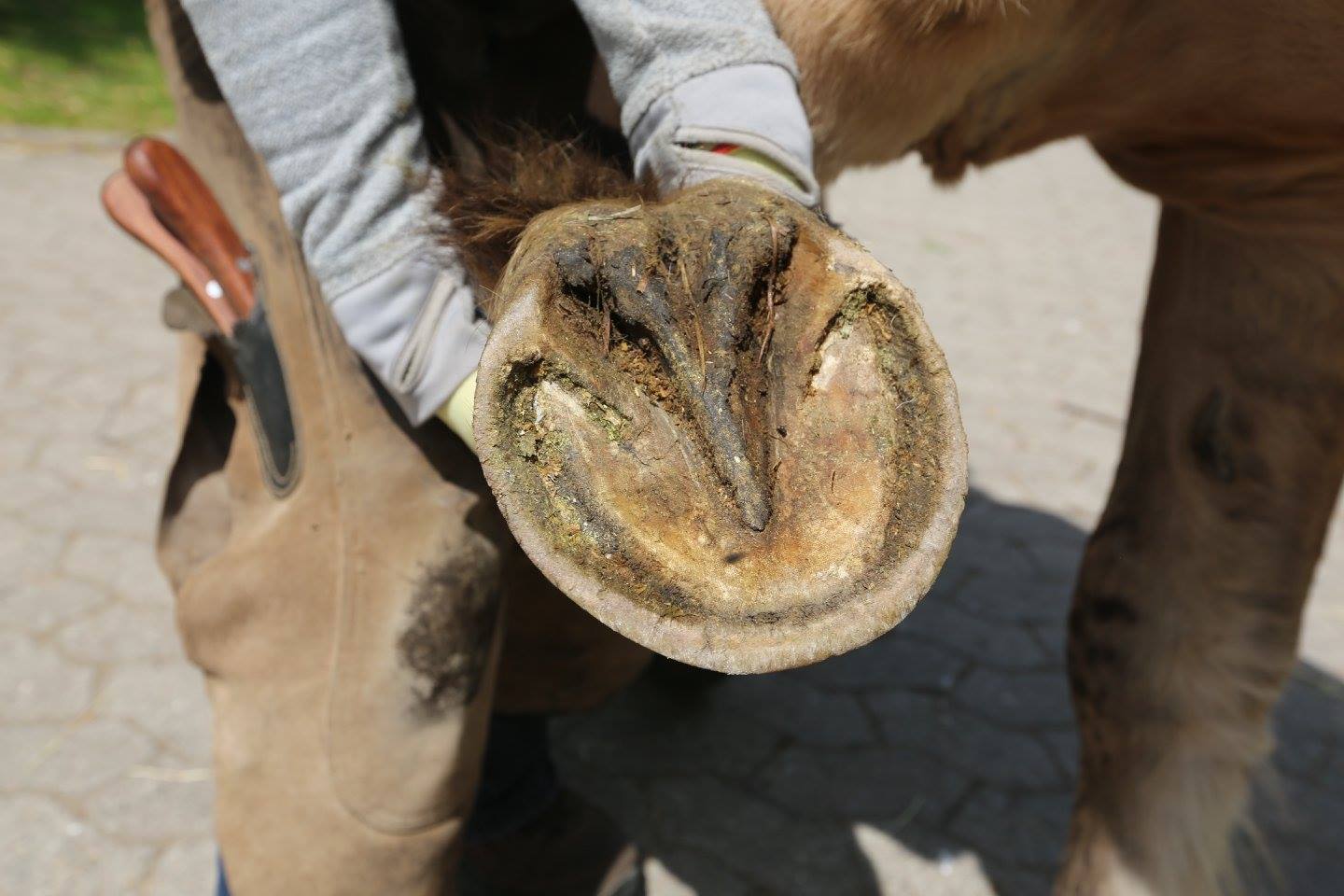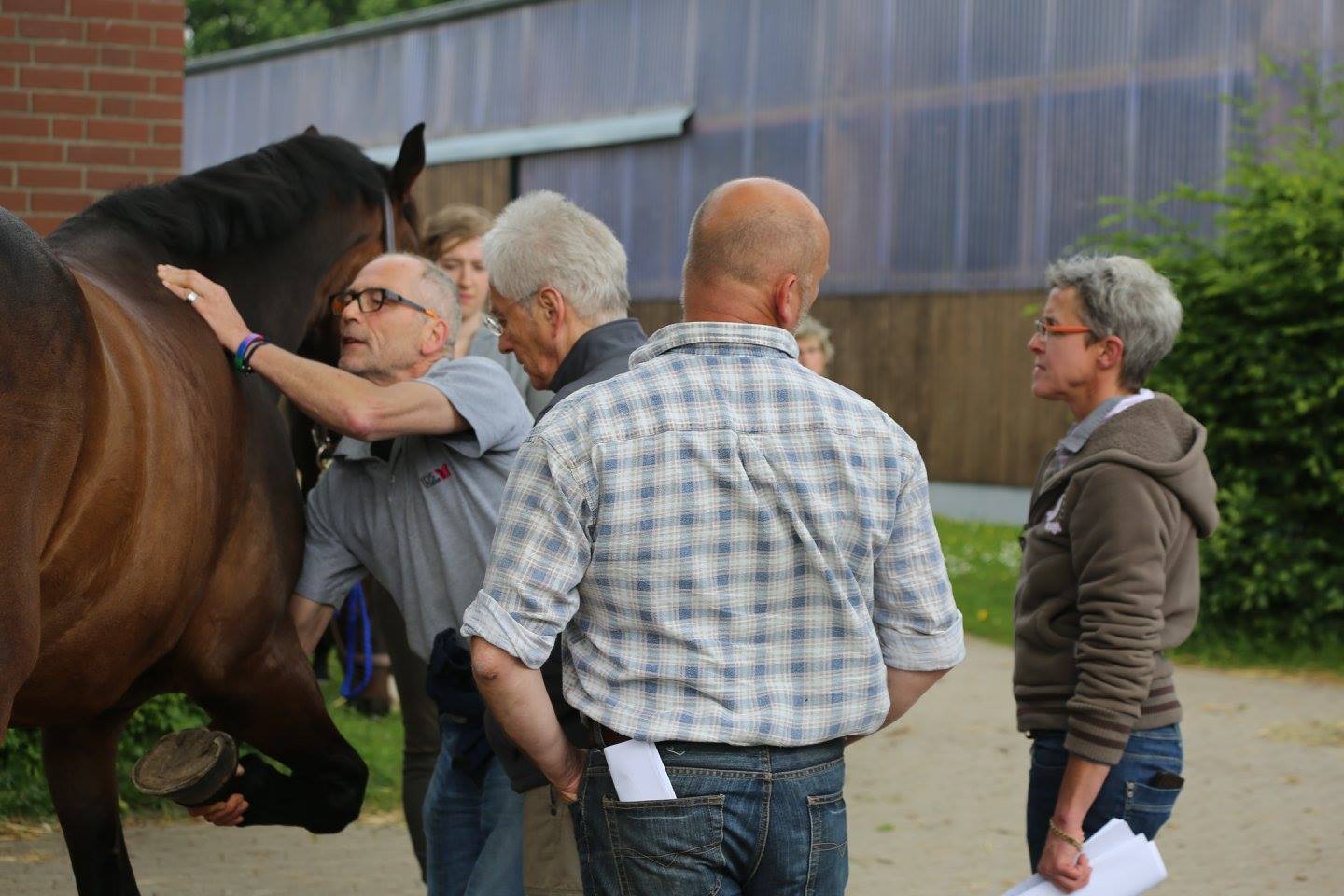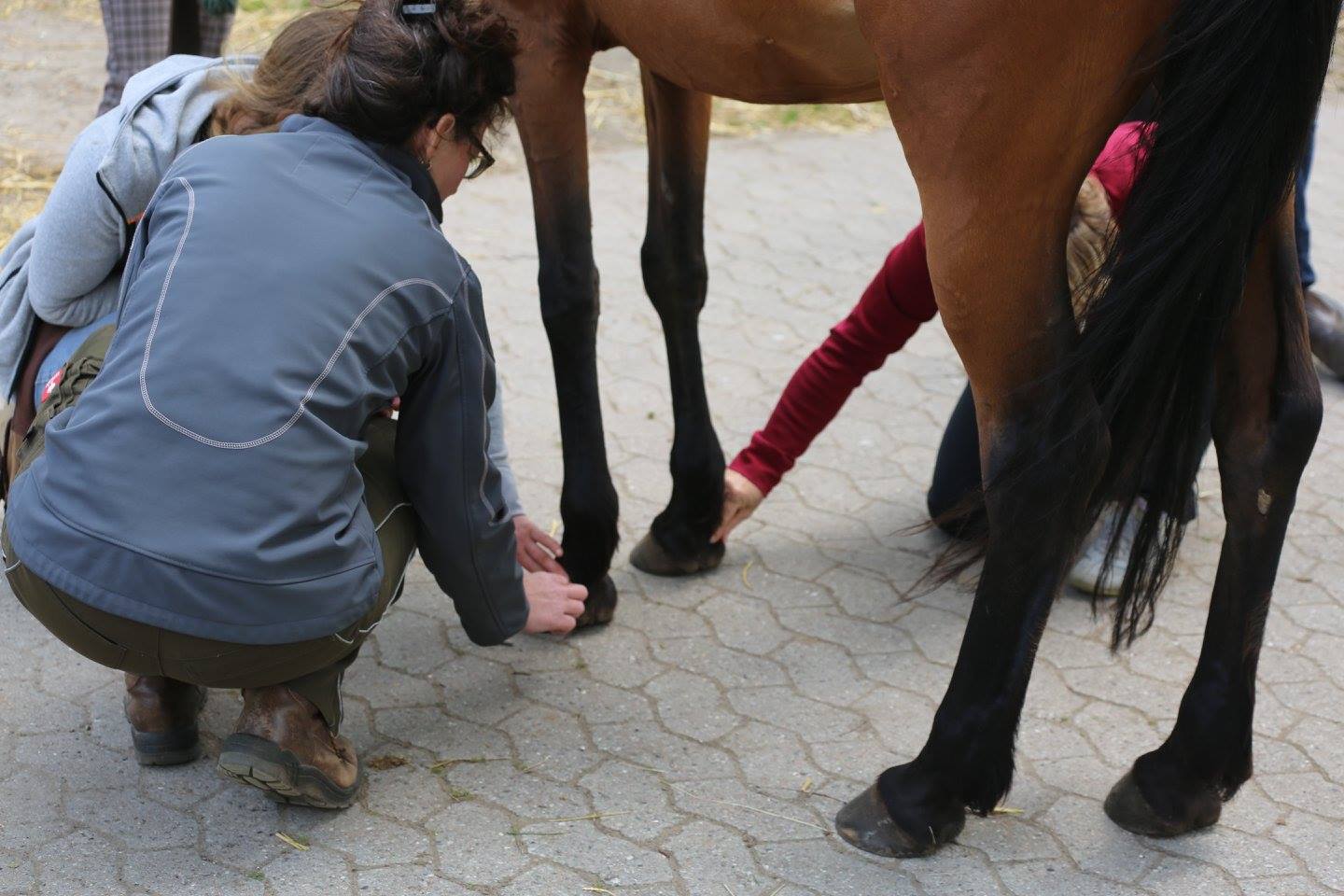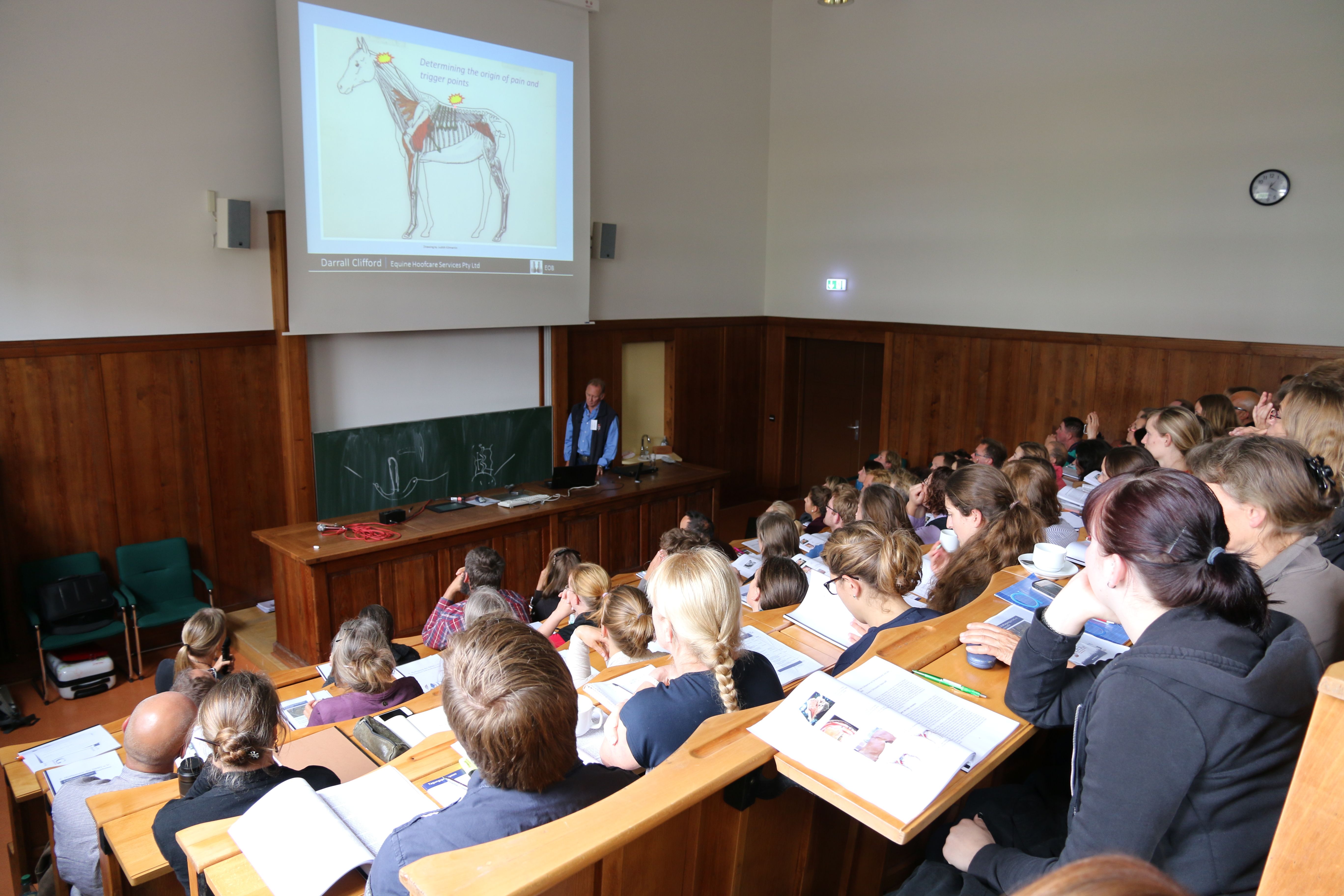Lecturers
Doctor of Veterinary Medicine
Dr Lena Clifford, has trained as a veterinarian in Germany where she recently completed her PHD, and now specialises in animal acupuncture, Chinese herbal medicine and animal biomechanics.
She has now moved to Australia, providing her unique skills and complementary therapies to her clients' dogs, horses and other animals in their care. Lena’s knowledge and understanding of veterinary medicine is of the highest calibre.
Farrier, Certificate IV in Training and Assessment
Darrall Clifford has been a farrier for over 40 years. He now works exclusively as an equine hoof-care and biomechanical specialist, educator and professional international speaker in Equine Orthopaedic Balance® and complex hoof and biomechanical problems.
Darrall also holds a Certificate IV in Training and Assessment.
“We are deeply impressed by all of the advice, expertise, intuition and the detailed observations of Dr Lena Clifford and Darrall Clifford.”
- Hof Hestekær
Course Information
Course Curriculum
This course will present concepts that are science-based and clinically proven to enhance the quality of life of animals under treatment. Our goal is, as always, to help achieve and maintain health and soundness for all horses now and into the future.
First Year Course Content
-
Module 1
- Basic Hoof Anatomy
- Basic Hoof Architecture
- Basic Hoof Pathology
- Basic Hoof Biomechanics
-
Module 2
- Basic Hoof Disorders
- Basic Hoof Dysfunction
- Basic Limb Loading
- Dysfunctional Pathology
-
Module 3
- Equine Orthopaedic Balance Principles
- Upper Torso Relationships
- Basic Equine Neurology
-
Module 4
- Basic Locomotion
- Basic Limb Flight
- Biomechanical Consequences
- Basic Diagnostics
-
Module 5
- EOB Trimming Principles
- EOB Shoeing Principles
- Traditional Principles
- Consequences
-
Wet Labs
- Equine Orthopaedic Balance trimming principles and application in a clinical environment
- Equine Orthopaedic Balance shoeing principles and application in a clinical environment
Second Year Course Content
-
Module 1
- Advanced anatomy of the distal limb
- Biomechanical function
- Biomechanical dysfunction
-
Module 2
- Dysfunctional Pathology and its relationship to the biomechanics of the equine
-
Module 3
- Orthopaedic balance & common ailments
- Internal macro-architecture & consequences
-
Module 4
- Diagnostic parameters of the distal limb in correlation to the biomechanical markers in the upper torso & neurological responses
-
Module 5
- Treatment strategies
- Shoeing effects on the biomechanical function of the distal limb, locomotion & upper torso of the equine
-
Wet Labs
- Diagnosing & correcting common hoof ailments
- Misdiagnosed or hooves traditionally deemed to be healthy
- Formulating and employing advanced orthopaedic balance treatment strategies to enhance or correct biomechanical dysfunctional issues
Prerequisites
Course Eligibility Requirements
To be eligible for enrolment in this course applicants must have already completed other trade recognised training to ensure they obtain the basic industry levels for entry.
These courses are; recognised barefoot trimming courses, Veterinarian’s Diploma, Doctor of Chiropractic, Osteopaths and Registered Farriers.
Applicants who believe they have the prerequisite skills to become a healthcare professional and are not covered by the industry courses above, may apply to EOB management with a full list of prior skills and work history, to be considered for eligibility in this course.
These courses are; recognised barefoot trimming courses, Veterinarian’s Diploma, Doctor of Chiropractic, Osteopaths and Registered Farriers.
Applicants who believe they have the prerequisite skills to become a healthcare professional and are not covered by the industry courses above, may apply to EOB management with a full list of prior skills and work history, to be considered for eligibility in this course.
Course Photos
Enrolment Options
Find course intakes in your area and register your interest.
